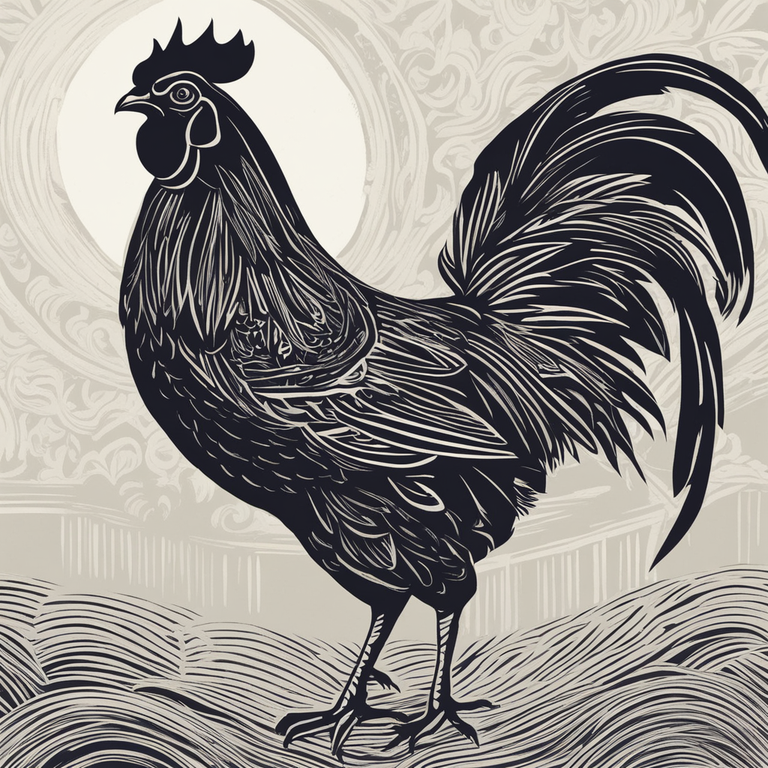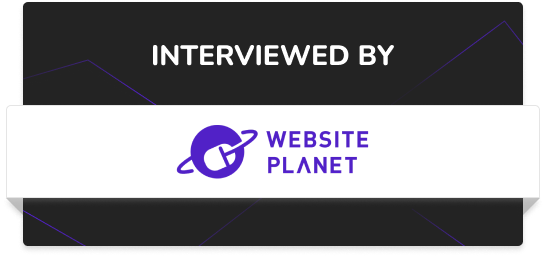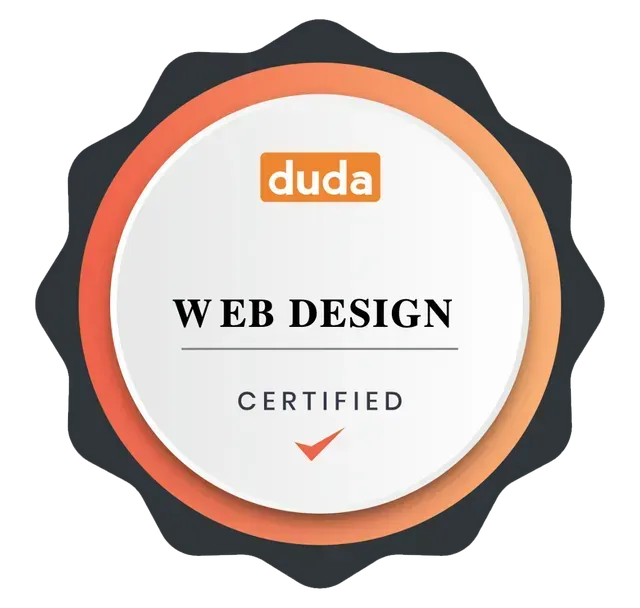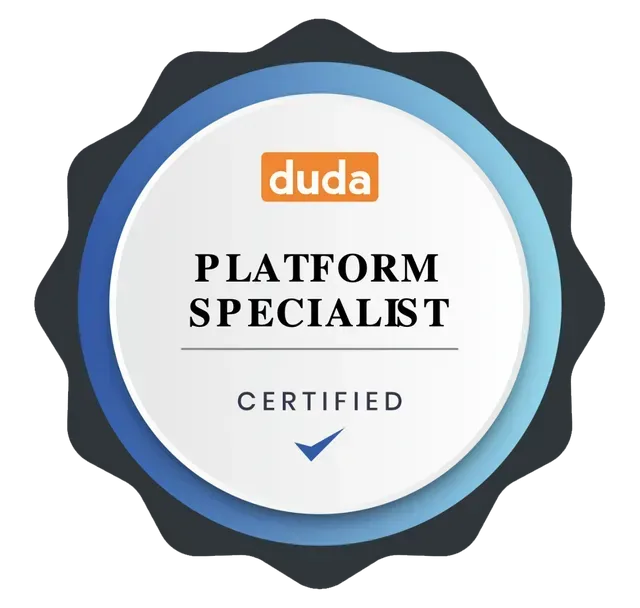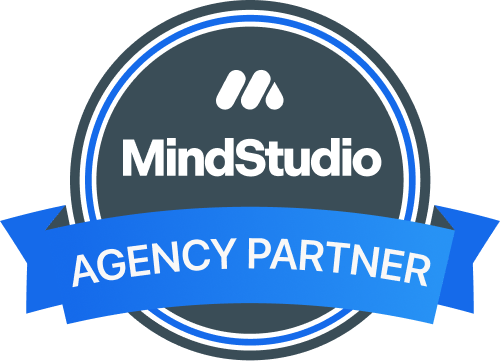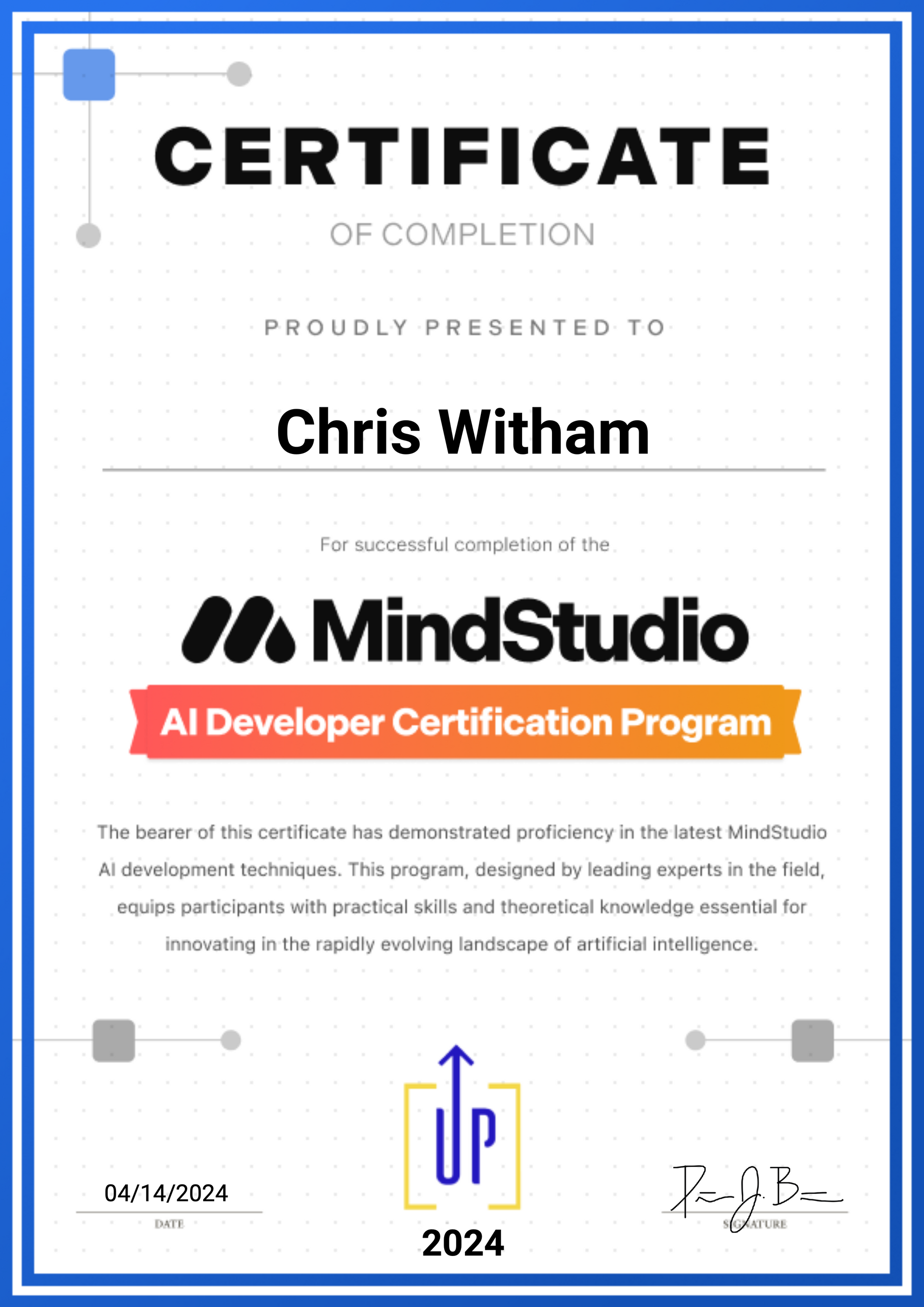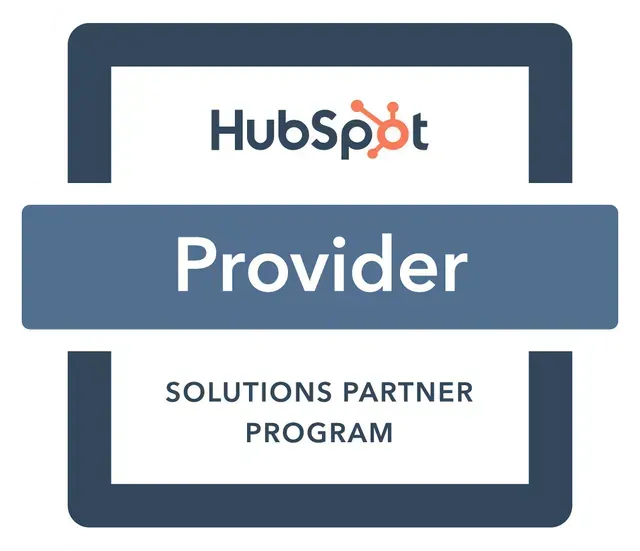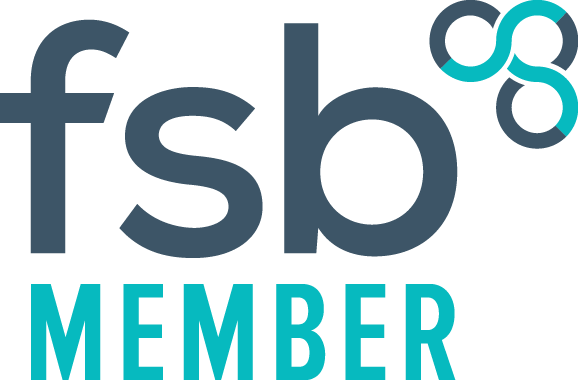AI for Breakfast
Post 58 - The use of AI in creative endeavours…
Today I've been experimenting with another AI platform, this one is called typeface.ai and it's aimed at the creative services industry, creatives and anyone else that might be interested, and people who may want to create Brand assets and advertising collateral.
Continuing the linocut chicken theme I asked it to create me an image, it created x3 options, all of which were pretty good, my favourite is below. There's alot on offer here, and I mean alot! You can set-up what they call a Brand Kit so that all your generated assets follow your branding, very clever stuff.
It will also write blog posts amongst many other things, I used my title above as a basic prompt and got a very good article back, see below, as generated, only two minor corrections!
I'm on a 30 day trial and I couldn't find any info on pricing which suggests it may be a bit more expensive than most, however if this kind of work is your everyday gig I reckon it could be worth it.
If you haven't heard of it I strongly recommend checking it out:
https://www.typeface.ai
The video on the homepage gives a great overview.
Sparking Creativity Through AI: A New Age Renaissance
Have you ever witnessed a machine creating a masterpiece? Probably not something most of us would ever think we'd ask. Yet, here we stand at the frontier of a new age. Interior design, journalism, music, and even fine arts like painting – these are just a few of the creative disciplines being revolutionised by artificial intelligence (AI). Let's delve into an inspiring and insightful exploration of how AI is not only being used in creative industries but also fostering a new wave of innovation and redefining what it means to be an artist.
The Artistic Revolution of AI
AI and art? The concept seems incongruous at first glance. After all, how can a machine, a product of cold, calculated engineering produce something as abstract and fluid as art?
In a study published by MIT, researchers introduced an AI algorithm that learns a specific style from a given dataset and generates creative works in the same manner. From recreating Rembrandt's style to producing original paintings in abstract expressionism, AI is proving to be an unexpected game-changer in the art world. AI's ability to absorb thousands of visual inputs and to create, based on these inputs, could have profound implications for the art world. It's not just about reproducing known styles—it's a whole new medium for artistic experimentation.
And it's not stopping at traditional, 2D art. Take linocut for instance: this popular printmaking technique has benefited from AI. Incorporating special algorithms and machine learning, AI can assist artists in drafting, carving, and even printing linocuts more effectively and efficiently than before.
How AI Impacts Creative Professions
AI doesn't just make waves in the realms of traditional art but is seeping into areas we would classify as "creative professions." There are AI-powered tools that can write compelling narratives and personal essays. Music making and video editing software now include AI functions to enhance the creative process. Even design tasks are benefiting from AI, enabling faster iterations and new explorations in aesthetics, ergonomics, and usage possibilities. As creative professions adapt to the new digital world, AI has not just become a useful tool but an essential component reigning in a new era of creativity in the professional realm.
Unleashing the Potential of AI in Creativity
Imagine the combination of human creativity and machine capabilities. By leveraging the power of deep learning and machine learning technologies, we can enhance our imagination and reach beyond our traditional creative limits to produce art, music, designs, and more that were once impossible. The caveat though is AI is still a tool and needs human guidance and touch. The question is no longer "is it art?" but rather "what part of the creative process did AI assist?"
It's an exciting time in the expansive world of creativity, where AI is transforming the rules of the game while making us question fundamental concepts like, what makes an artist, or what qualifies as art?
Wrapping Up
Art and creativity are synonymous with human emotion, intuition, and insightfulness – the very elements that define our humanity. But does the introduction of AI into our creative world spell doom for traditional artistry, or does it offer new possibilities for the artist, the artwork, and the audience?
The elegance of this new age renaissance is that it's not about AI replacing human creativity but enriching it. AI is not eating the arts, it is transcending them, offering a ticket to creative and technological horizons we've just begun to explore.
So, whether you are an artist, a designer, a creator, or just an art enthusiast, the rise of AI in creativity presents an opportunity to redefine the limits of what is possible and to reimagine how we perceive, produce, and interact with art. Is this the budding genesis of AI-art collaboration?
Only time and technology will tell.
